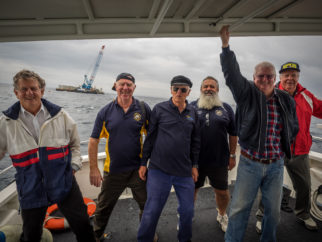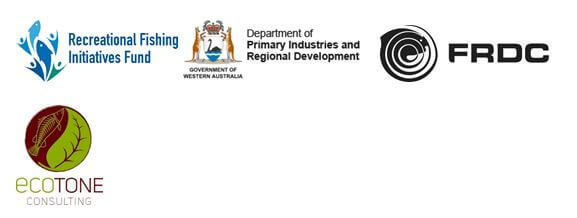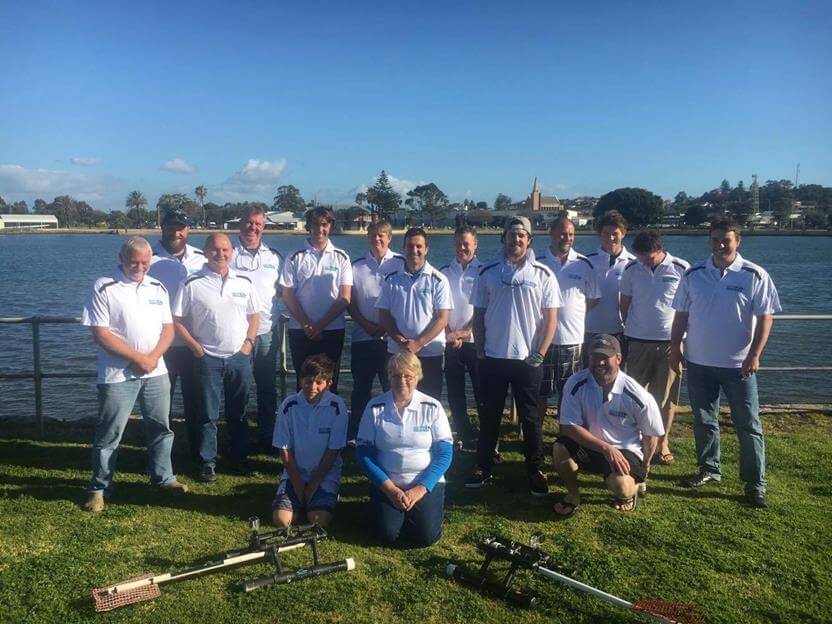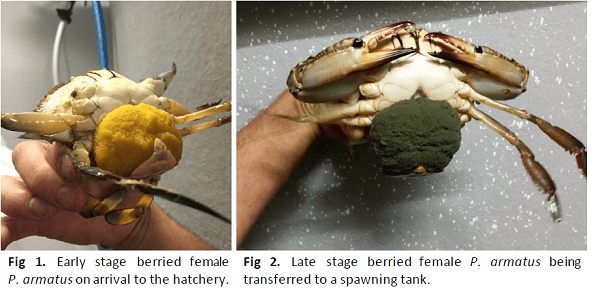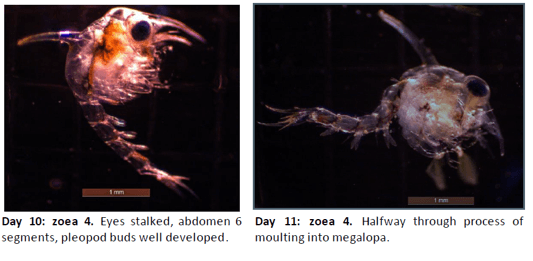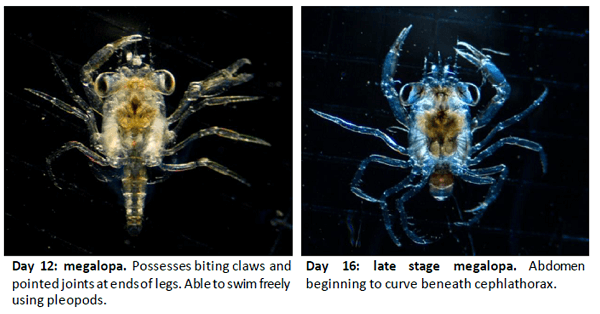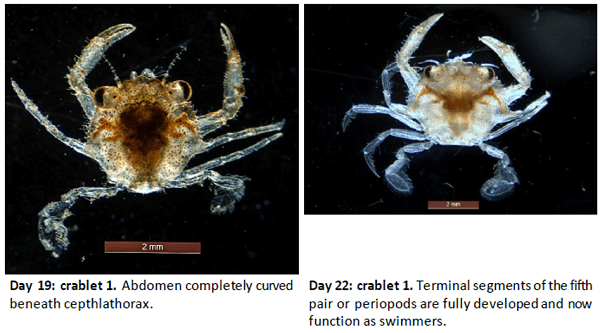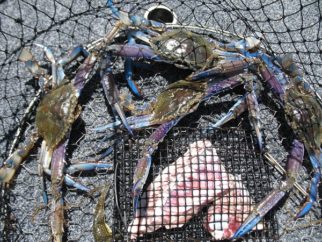Two FADs have been deployed for the first time off the coast of Mandurah to provide exciting new sportfishing opportunities for boat fishers in the Peel region.
Both Mandurah FADs are positioned in 100-110m depths and with this latest deployment – it now means there are 20 FADs in the water between Mandurah and Jurien Bay, with an additional two FADs soon to be deployed off Lancelin in the coming weeks.
The local community have welcomed the Mandurah FADs development according to local tackle dealer Tackle World Miami’s Ash Ramm.
“It’s awesome to see these FADs deployed after many years of hard work from the crew at Recfishwest and within our doors at Tackle World Miami,” said Ash. “We’re very humbled and excited to see the accessible and adrenaline-filled sportfishing opportunities now on Mandurah’s doorstep,”
“The potential of the fishing at these FADs is untapped and I know from many years of experience that these FADs hold pelagic fish so well. We’ve seen a huge growth in the number of boats switching to trolling based on better awareness of improved catches – it feels like it’s the dawn of a new era.
“We even saw a wahoo caught in recent weeks off Mandurah, which we had never seen before. There are loads more boats trolling lures out the back in the hopes of catching dolphinfish, tuna, mackerel and wahoo and these new deployments will only help heighten the growing passion for sportfishing.”

Forming a ‘FAD Freeway’
With Mandurah’s latest deployment over the weekend and with Lancelin’s FADs set to make a splash in the coming week or so, it means there will soon be over 22 FADs deployed between Cape Naturaliste and Jurien Bay, forming a ‘FAD freeway’ that will help accumulate great species and numbers of sportfish.
The State Government has now committed to funding a fully established State-wide FADs program going forward with DPIRD taking over the funding, running and development of the FADs program from June. This follows the success of the FADs trial program Recfishwest initiated and ran from 2019.
“Recfishwest is proud that the FADs we have deployed over the last four years have provided such great fishing experiences for so many,” said Recfishwest Operations Lead Matt Gillett.
“It is great to see that all the hard work and support we have had from so many in the fishing community and fishing clubs like Perth Game Fishing Club has paid off with a fully established FADs program backed by the State Govermment into the future.
“We look forward to seeing how DPIRD will develop the program in the north of the State in the coming months.”
Lure prize pack up for grabs for first dolphinfish or wahoo caught at Mandurah FADs
To celebrate Mandurah’s first FADs deployments, Tackle World Miami will reward $250 worth of Richter skirt lures and Nomad stickbaits – perfect for FADs fishing, to the first fisher who lands a dolphinfish or wahoo at either of the two Mandurah FADs coordinates!
To be in the running, all you need to do is:
- Travel out to either of the Mandurah FADs (coordinates found here) and catch a dolphinfish or wahoo;
- Take a snap of yourself holding your catch with the fish still alive and held horizontally with the Mandurah FAD where you caught it clearly visible in the image behind you;
- Message a photo of your catch to the Recfishwest Facebook or Instagram page with your full name, details on how you caught your catch and the Mandurah FAD that you fished and stay tuned to see if you’re a winner!
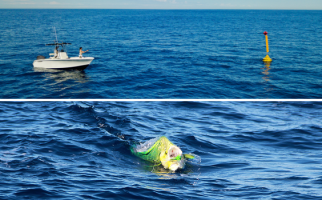
Want to get cracking at fishing the FADs across WA? Find all the FADs coordinates in WA here!
Don’t forget – our State-wide FADs photo competition runs until May 1 and you could win some great prizes simply for taking a snap of your catch at any of the WA FADs and sending it to us!
Find out more about our FADs photo competition here!
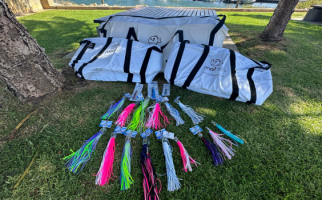
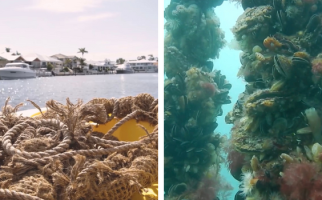

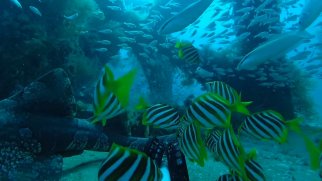
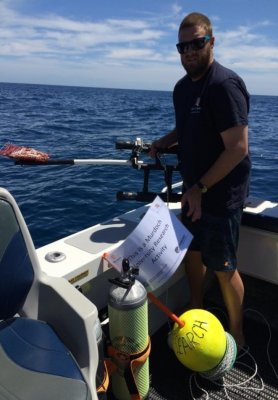
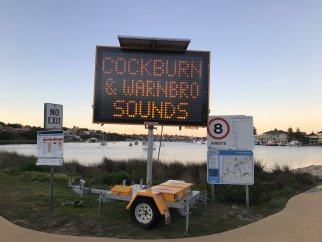

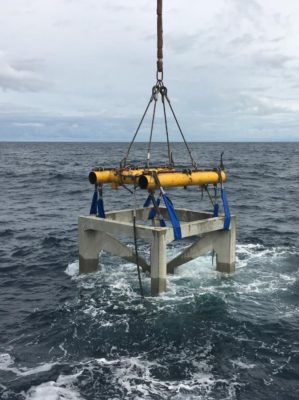
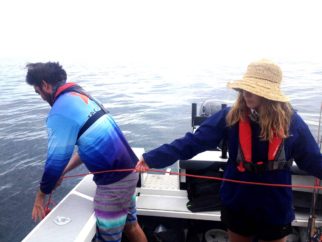
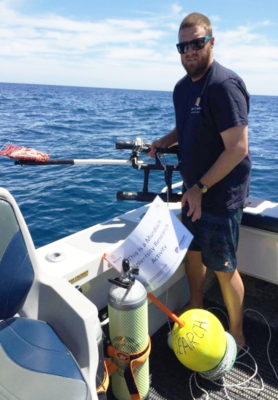 Reef Vision volunteers throw specialised baited underwater camera systems out from their boat and record an hour of video footage over the artificial reefs while they are fishing. This footage is later analysed by university researchers and students to see what fish are using the reefs.
Reef Vision volunteers throw specialised baited underwater camera systems out from their boat and record an hour of video footage over the artificial reefs while they are fishing. This footage is later analysed by university researchers and students to see what fish are using the reefs.